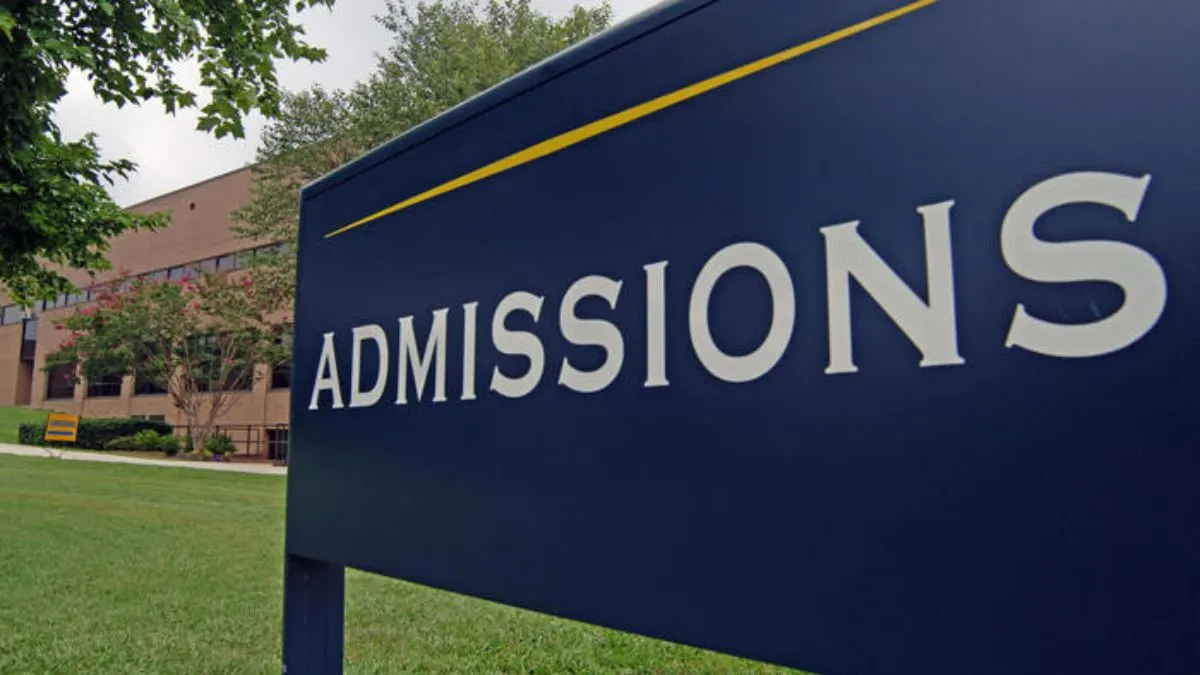In today’s competitive world, having a well-structured student education plan is crucial for academic success. A student education plan serves as a roadmap that guides students through their educational journey, helping them set goals, choose courses, and align their activities with their future aspirations. This article explores the components of a student education plan, its benefits, and how to create an effective one.
What is a student education plan?
A student’s education plan is a tailored outline that details a student’s academic and career goals. It encompasses course selection, extracurricular activities, and personal development objectives. By establishing clear goals, students can better manage their time and resources, ensuring they are prepared for future careers.
Components of a Student Education Plan
Goal Setting
The first step in creating a student education plan is setting short-term and long-term goals. Short-term goals include passing specific courses, while long-term goals involve graduating from a particular program or entering a chosen profession.
Course Selection
Based on the established goals, students should select courses that align with their career aspirations. A well-thought-out student education plan considers prerequisites and necessary qualifications for future academic pursuits.
Extracurricular Activities
Participation in clubs, sports, or volunteer work can enhance a student’s profile. Including these activities in a student’s education plan helps develop soft skills and networking opportunities essential for future success.
Advice and support
Regular meetings with academic advisors help students stay on track. An effective student education plan includes checkpoints to review progress and make necessary adjustments.
Financial Planning
Education can be costly, so budgeting for tuition, books, and living expenses is vital. A student’s education plan should consider scholarships, grants, and part-time job opportunities to ease financial burdens.
Benefits of a Student Education Plan
Creating a student education plan offers numerous advantages:
- Clarity and Direction: It provides a clear pathway, helping students focus on their academic journey.
- Time Management: Students can better manage their time and prioritize tasks by outlining responsibilities and deadlines.
- Informed Decision-Making: Students can make informed choices about their education and career with a comprehensive plan.
- Enhanced Motivation: Clear goals can motivate students to persevere through challenges and stay engaged in their studies.
- Improved Academic Performance: Students with a structured plan are often more successful academically, as they can better align their efforts with their objectives.
Steps to Create a Student Education Plan
Creating an effective student education plan involves several steps:
Step 1: Self-Assessment
Begin by evaluating your interests, strengths, and weaknesses. Consider what subjects you enjoy and what skills you excel in. This self-awareness is crucial for setting realistic goals.
Step 2: Research Educational Options
Investigate different educational paths, including degree programs, vocational training, or online courses. Understanding the available options will help you make informed choices in your student education plan.
Step 3: Set Clear Goals
Define your academic and career goals. Ensure they are Specific, Measurable, Achievable, Relevant, and Time-bound (SMART). This framework will help you create a focused student education plan.
Step 4: Map Out Your Course Load
Using your goals, outline the courses you need to take each semester. Be sure to consider prerequisites and graduation requirements. A well-structured course load is essential for maintaining a balanced student education plan.
Step 5: Include Extracurricular Activities
Identify clubs, organizations, or volunteer opportunities that align with your interests and goals. These activities can enrich your educational experience and should be integral to your student education plan.
Step 6: Monitor and adjust.
Review your student education plan regularly to assess your progress. Be flexible and willing to adjust your goals and courses as necessary. Life circumstances and interests may change, and your plan should evolve accordingly.
Common Challenges in Developing a Student Education Plan
While creating a student education plan is beneficial, it can also be challenging. Here are some common obstacles students face:
- Overwhelm from Choices: With numerous educational paths available, students may feel overwhelmed when making decisions.
- Lack of Support: Some students may need access to adequate advising or resources, making it challenging to create a comprehensive plan.
- Balancing Responsibilities: Juggling academic responsibilities with work, family, and social life can complicate the execution of a student’s education plan.
- Changing Interests: As students grow and learn more about themselves, their interests may shift, requiring adjustments to their plans.
Frequently Asked Questions About Student Education Plans
1: What is the purpose of a student education plan?
A student education plan guides students in their academic journey by setting clear goals, selecting appropriate courses, and outlining extracurricular activities that align with their future aspirations.
2: How often should I update my student education plan?
You should review and update your student education plan at least once a semester or whenever significant changes occur in your academic or personal life, such as changing majors or shifting career interests.
3: Who can help me create a student education plan?
Academic advisors, career counselors, and mentors can provide valuable guidance in developing a student education plan tailored to your goals and interests.
4: Can a student’s education plan help with college admissions?
Yes, a well-structured student education plan can enhance your college application by demonstrating your commitment to your education and highlighting your academic and extracurricular achievements.
5: What resources are available for creating a student education plan?
Many schools and universities offer resources, such as workshops, templates, and one-on-one advising sessions, to help students develop an effective student education plan.
Conclusion
In conclusion, a student education plan is an essential tool for navigating the complexities of academic life. By creating a structured plan, students can set themselves up for success, ensuring they meet their educational and career goals. Remember to regularly review and adjust your plan as needed and seek support from advisors and mentors. With a thoughtful and flexible student education plan, you can confidently embark on your educational journey and achieve your aspirations.



